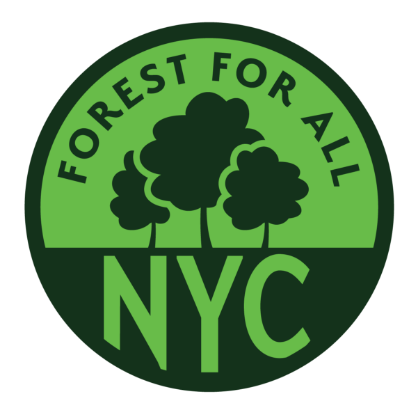In “The State of the Urban Forest in NYC,” The Nature Conservancy (TNC) looked at tree coverage around the five boroughs, and how it’s changed over the past decade.
Emily Nobel Maxwell, director of TNC’s Cities Program in New York, said they published the report hoping it would act as a roadmap for people to better understand trees’ benefits, and how to bring them to communities that are lacking.
“That is essential work, as the myriad of benefits the forest offers New Yorkers include the ability to mitigate the effects of extreme heat and flooding,” she said. “As New Yorkers and their urban forest face the realities of climate change, these benefits and the future of our urban forest itself are at serious risk.”
TNC found that Staten Island, the city’s least developed borough, has about 28% of the city’s tree canopy, while only having about 20% of its land area.
Additionally, the report found that the canopy coverage on the Island has been on the rise in the past decade gaining almost 1,000 additional acres of coverage from 2010 to 2017.
TNC credits a variety of factors for the increased canopy coverage around the city, including increased planting in city parks and other publicly-owned land. On Staten Island, they pointed to Latourette Golf Course, the former Fresh Kills Landfill that’s being turned into a park, and the College of Staten Island.
What’s lacking on the Island and across the country, is canopy coverage in poorer urban areas, according to the report.
